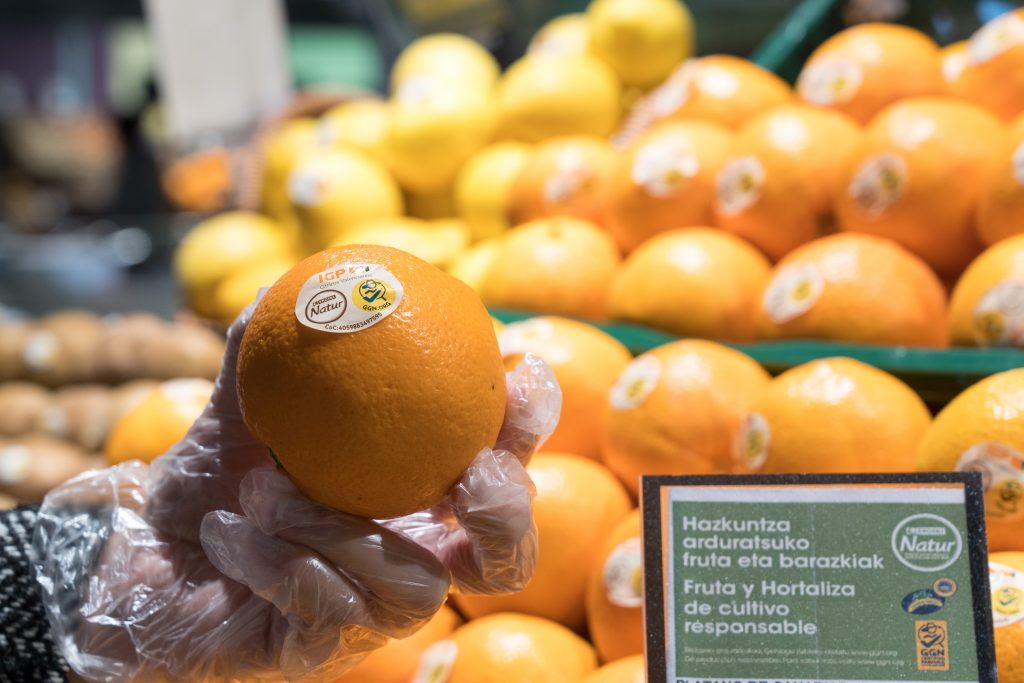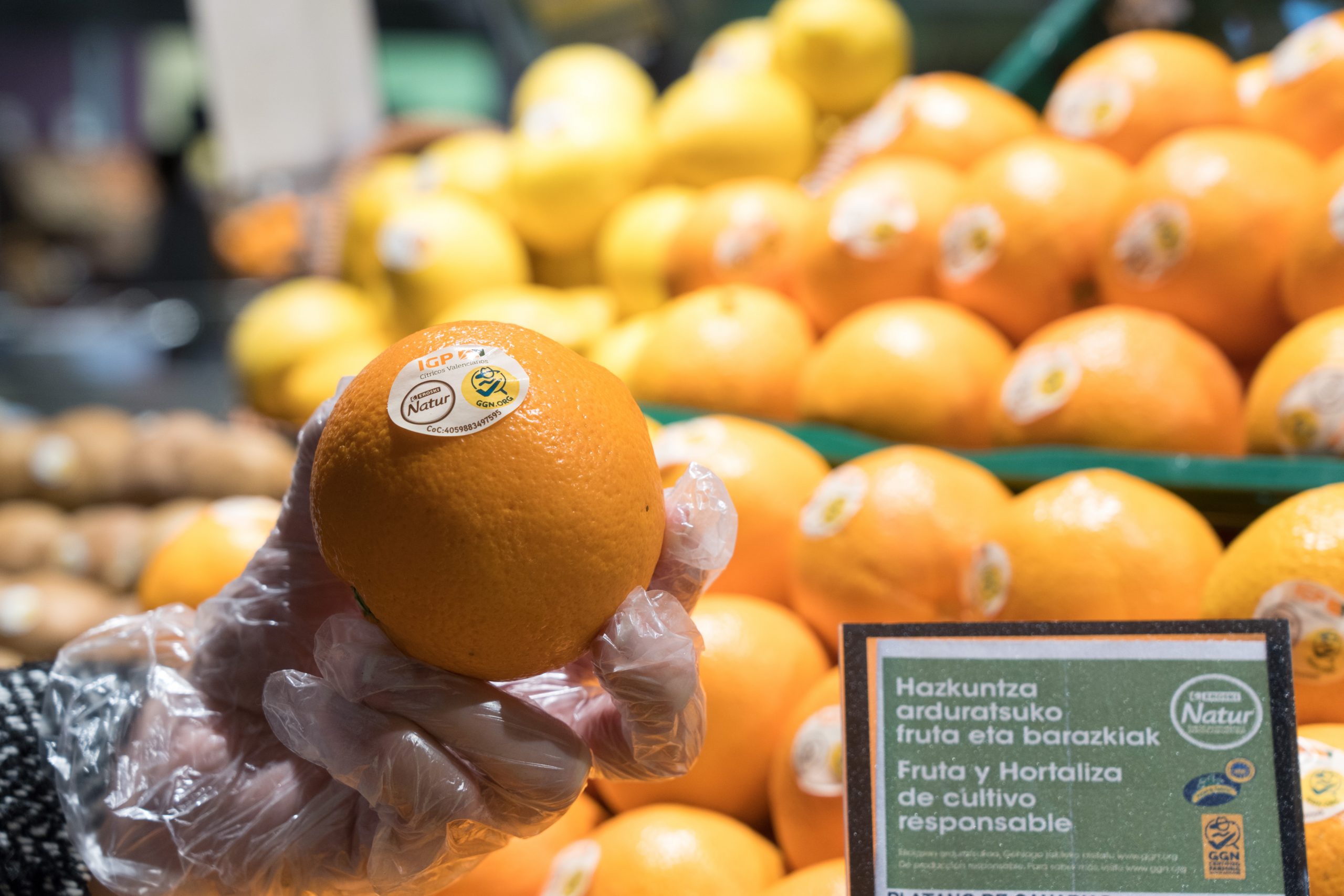Value of Australian fruit production rises
The value of Australia’s horticulture production remained stable in the 12 months to 30 June 2021, according to data published in the latest edition of Hort Innovation’s Horticulture Statistics Handbook. Australian horticulture production surpassed 6.6m tons in 2020/21, a 1% year-on-year (YoY) rise, while the value of production reached A$15.2bn (US$10.8m) – just under a 1% increase on 2019/20.
Potatoes were one of the top performing categories with increasing demand from consumers and food service driving a rise in production. “The humble spud has become a bit of a vegetable superstar,” said Adam Briggs, Head of Data and Insights at Hort Innovation.
“From the year ending June 2020 to the year ending June 2021, we’ve seen the value of potatoes climb by A$90.9m, and the tons produced rise by 5 per cent.”
The value of fruit rose from the previous year thanks to an increase in olive production (A$99m), avocados (A$56m), cherries (A$47m) and apples (A$41m). Table grapes remained the most valuable fruit (A$631.8m) despite export volumes dropping 21% YoY to 120,725 tons. Meanwhile, apples took number two spot in value (A$619.9m) and overtook bananas (A$596.8m).
Australia’s berry offering continued to grow, over an eight-year period, the volume of raspberries and blackberries has increased more than four-fold, while blueberry volumes have almost tripled. Oranges saw an eighth year of consecutive growth in production value to reach a new high of A$437.6m, despite a 7% fall in production volume. Oranges have experienced an average 9.8% compound annual growth rate in value since 2012/13.
Exports were significantly affected by disruption caused by the Covid-19 pandemic with export volume declining by 8% to 761,538 tons in 20/21 and value dropping 14% to A$2.3bn. Asia remained Australia’s most important export market accounting for 505,971 tonnes of exports worth A$1.8bn in 20/21. Briggs said:
“Something encouraging is that foodservice is returning from the lows we saw in 2019/20. For example, fruit foodservice volume and value has rebounded, and the value is now exceeding pre-Covid levels.”





